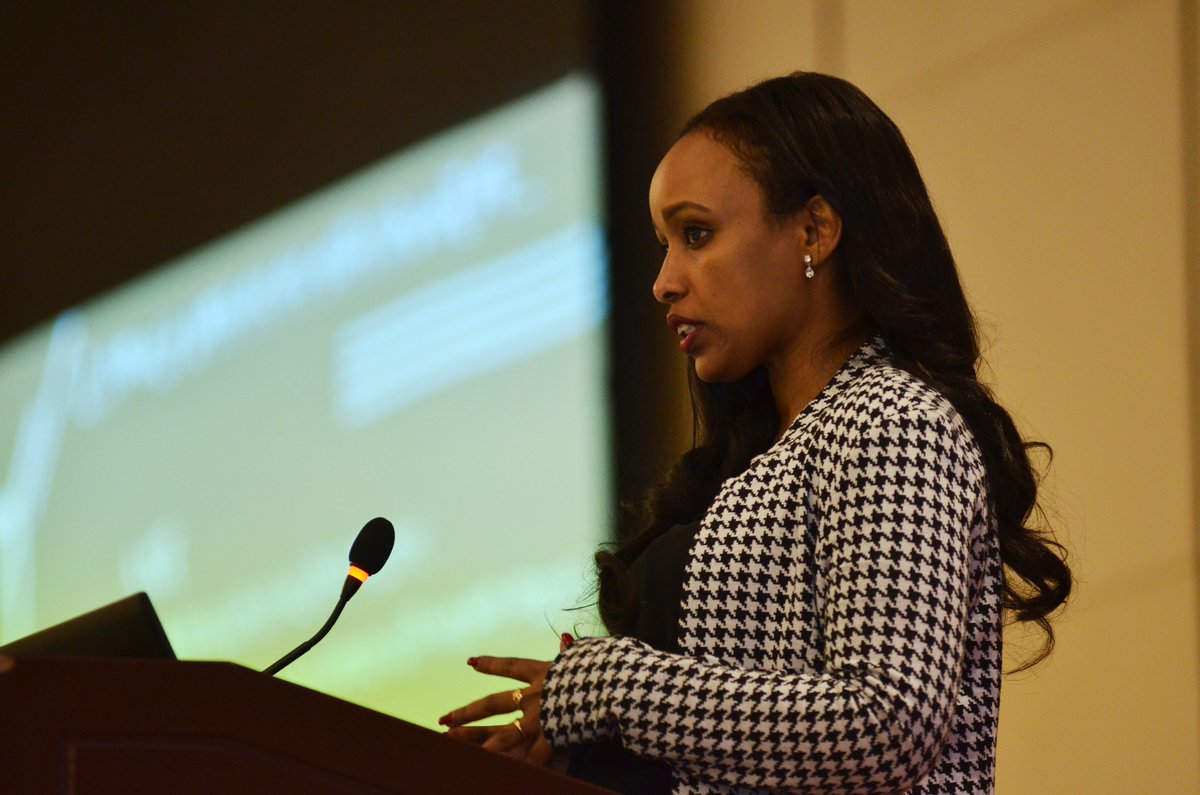
BY ABEBE WOLDEGIORGIS
For the last three decades, various economic development plans were implemented by the government including the Sustainable Development and Poverty Reduction Program as well as the first and second Growth and Transformation Plans.
In addition, according to the government and the World Bank report, the country achieved successive economic growth in the last two decades but due to corruption, macro-economic imbalances, inefficient use of resources, inflation and stagnant productivity, the country is still trapped in a vicious circle of poverty.
Ethiopia’s Planning and Development Commission (PDC) has collaborated with different ministries and come up with a national development plan – Ten-Year Development Plan.
The plan targets to increase production and competitiveness, build a green and climate-resilient economy and bring about institutional transformation.
The Commission is still inviting stakeholders to add inputs to the document. Yet, the implementation of the plan is already ongoing starting from this budget year, according to the commission.
Fitsum Asefa, (PhD), PDC Commissioner, said in a recent conference that during the life span of the new plan, Ethiopia’s economy will experience a 10.2 percent annual average growth.
Agriculture, Manufacturing Industries, Mining, Tourism, Urban Development, Innovation and Technology are the key development sectors of the plan.
The development plan, the first for this administration, will be “women and youth” centered and guarantees private sector-led growth.
With a five-pillar focus area serving as the foundation for the effective development of other sectors, the plan sets out to capitalize on the existing strengths and abundant resources.
The energy sector plan is in particular quite ambitious given many of development needs are heavily reliant on it and energy is a crosscutting need.
Ethiopia has abundant and untapped renewable energy sources such as geothermal, wind, solar, water and bio-energy but still 90 percent of the energy comes from water. Hence, garnering foreign and local investment to tap the rest of the energy sources is essential.
Agriculture which is the mainstay of the economy is a means of living for almost 80 percent of Ethiopians but it is rain-fed and vulnerable to drought and natural calamity.
To make the sector more efficient, providing sufficient support to farmers through supplying inputs and expanding irrigation small and medium-size irrigation should be a priority agenda. When the root problem of the sector resolved, it is possible to transform attitudes from ‘battling poverty’ narrative towards building multidimensional prosperity.
The plan has replaced the outgoing five-year growth transformation plan or GTP. Unlike the GTP, as to the Planning Commission, the 10-year plan “is well researched in all aspects and sectors” and aims to fill in the gaps identified in the previous development plans.
Though Ethiopia has its own financial, human and natural resources, it requires large-scale foreign investment and the support of international partners to realize its development ambitions as a developing country.
Because the development ambition requires huge resources and it seems to be beyond the government’s capacity. And for long, Ethiopia has been closely working with its development partners from around the world.
In light of this, the Plan Commission’s ten-year development plan also takes into consideration the role of donors and international development partners.
Recently, the commission organized a conference entitled “ten-year development plan to Ethiopia” to brief the document to international partners and donors.
On the occasion, President Sahilework Zewdie said that Ethiopia’s recent development shows that the nation indeed achieved success in terms of Growth Domestic Production, per-capita incomes, poverty reduction and provision of basic social and infrastructural services such as health care and education.
However, as to the President, it has also brought new challenges in terms of macroeconomic imbalances and the deficiency witnessed in terms of equity, inclusivity and participation.
After many years of economic growth, the nation faced sustained stagnation such as low productivity, high level of unemployment especially on the youth segment of the society, high level of inflation and food insecurity which need a resolute stance by the government and partners.
Currently, efforts are well underway through sketching road map to enhancing productivity, keeping prices stable, as well as reducing poverty and food insecurity. In line with this, the government aspires to create massive job opportunities to absorb millions who joined the labor market annually.
According to the president, since April 2018, following the political transition in Ethiopia, a homegrown economic reform is introduced to unlock new areas of economic opportunities even though the nation faced macro and structural challenges.
The 10-year development plan has put forward new vision to Ethiopia and in order to realize the vision, and to achieve the required goals, the development plan provides not only clear and unconventional vision but also identifies better metrics helps to achieve the vision of shared success.
As to Fisum, the objectives of the 10 year development plan are accelerating the national economic growth and development, maintaining macro-economic stability, ensure structural transformation through pulling the stranded rural labor to the non-agricultural sector such as manufacturing and services, pulling local and foreign investment for knowledge transfer, ensuring the quality, universality and acceptability of products and services, enhancing competitiveness and building just and inclusive institutions that would ensure that would realize a peaceful society.
The Ethiopian Herald February 3/2021





